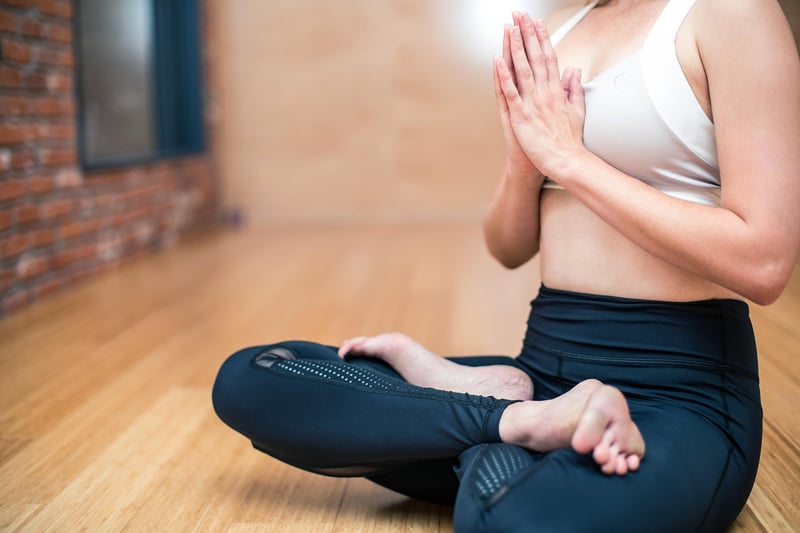Flexibility Training
#Pilates
#Flexibility
#Foam Rolling
Enhance Flexibility and Release Tension with Flexibility Training

Flexibility training is a crucial component of overall fitness that often gets overlooked. Not only does it help improve your range of motion and joint health, but it also plays a significant role in reducing muscle tension and stress in the body.
The Benefits of Flexibility Training
- Enhances range of motion
- Improves posture and balance
- Reduces the risk of injuries
- Relieves muscle tension and soreness
- Promotes relaxation and stress relief
Types of Flexibility Training
There are various ways to incorporate flexibility training into your fitness routine:
- Static Stretching: Hold a stretch for a specific muscle group without moving for 15-30 seconds.
- Dynamic Stretching: Perform controlled movements to increase blood flow and flexibility.
- Yoga: Combines poses, breathing, and meditation to enhance flexibility and reduce stress.
- Pilates: Focuses on core strength, flexibility, and overall body awareness.
Tips for Effective Flexibility Training
- Warm up before stretching to prevent injuries.
- Breathe deeply and relax into each stretch.
- Focus on major muscle groups but don't forget about smaller muscle areas.
- Be consistent with your flexibility routine to see progress.
By incorporating flexibility training into your regular workout regimen, you can experience improved performance, reduced muscle tension, and a greater sense of well-being. So, don't forget to stretch and release the tension for a healthier, more flexible you!
